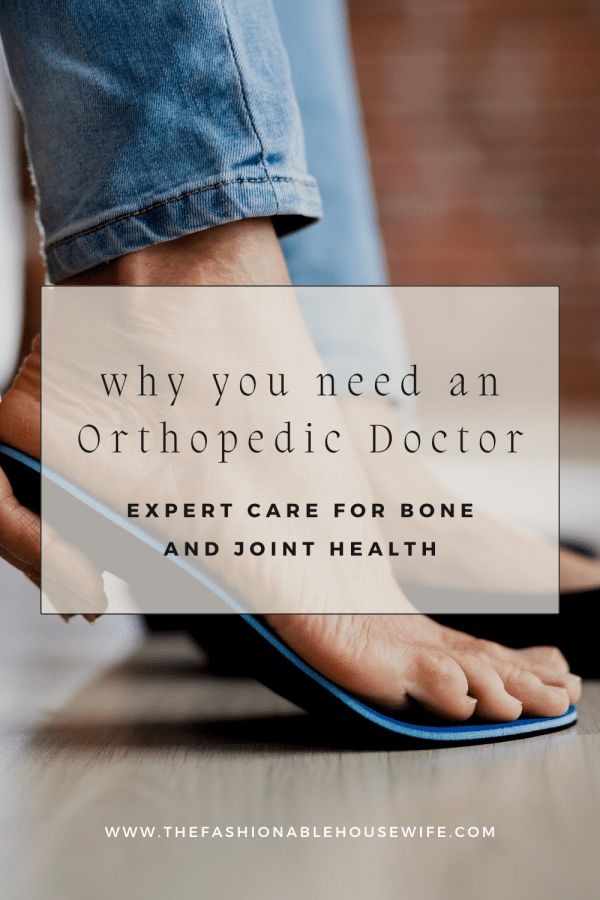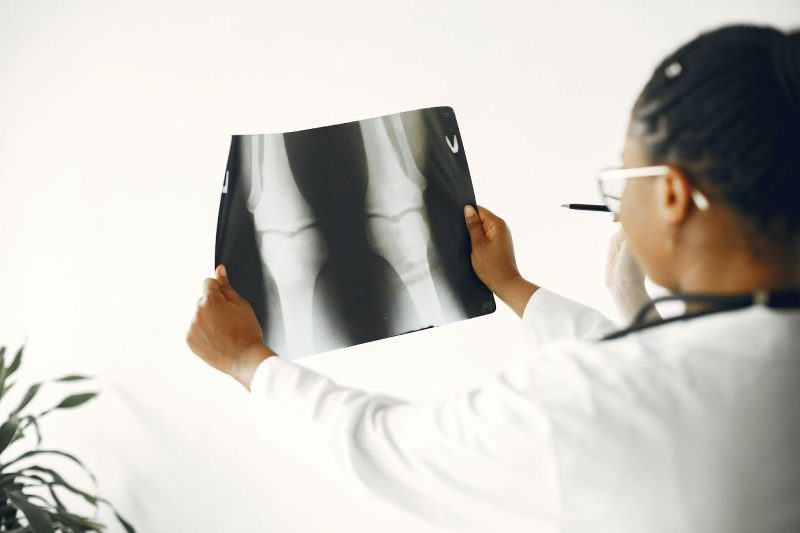
Orthopedic doctors specialize in the diagnosis and treatment of conditions related to the bones, joints, muscles, ligaments, and tendons. With their expertise in orthopedics, these medical professionals provide comprehensive care for individuals seeking relief from musculoskeletal issues.
This article will explore various aspects of orthopedic care including specialized diagnosis and treatment options, management of sports injuries, solutions for arthritis and joint pain, surgical interventions available for bone and joint conditions, as well as rehabilitation and physical therapy services.
Specialized Diagnosis and Treatment
The specialized diagnosis and treatment of bone and joint health is a primary focus for orthopedic doctors. These medical professionals are equipped with the knowledge and expertise to effectively address a wide range of musculoskeletal conditions.
One area in which they excel is in the implementation of prevention strategies. Orthopedic doctors understand the importance of proactive measures to maintain bone and joint health, and they work closely with patients to develop personalized plans that minimize the risk of injury or degeneration.
Additionally, orthopedic doctors are skilled in non-surgical interventions. They possess a deep understanding of conservative treatment options such as physical therapy, medication management, and lifestyle modifications. By utilizing these non-invasive approaches whenever possible, orthopedic doctors strive to improve patient outcomes while minimizing risks associated with more invasive procedures.

Sports Injury Management
Sports injury management involves the application of specialized techniques and protocols to effectively treat and rehabilitate individuals who have sustained injuries during athletic activities. The goal of sports injury management is to not only provide immediate care for the injured athlete but also prevent future injuries.
Prevention strategies include proper warm-up exercises, stretching routines, and using appropriate protective gear. In addition, orthopedic doctors offer non-surgical treatment options for sports-related injuries such as fractures, ligament sprains, and muscle strains. These treatments may include physical therapy, bracing or casting, medication management, and rehabilitation programs tailored to the individual’s needs.
Non-surgical approaches are preferred when possible because they often result in quicker recovery times and allow athletes to return to their chosen sport sooner. Overall, sports injury management focuses on a comprehensive approach to ensure optimal outcomes for athletes while minimizing the risk of further injury.
Arthritis and Joint Pain Solutions
Arthritis and joint pain solutions involve specialized techniques and protocols to effectively treat individuals experiencing discomfort in their joints. In addition to traditional medical interventions, there are also natural remedies and lifestyle modifications that can help alleviate symptoms and improve overall joint health.
Natural remedies such as herbal supplements, acupuncture, and heat or cold therapy have been found to provide relief for some individuals. These options may be particularly appealing for those who prefer a more holistic approach to managing their arthritis.
Lifestyle modifications such as maintaining a healthy weight, engaging in regular exercise, and following a balanced diet rich in anti-inflammatory foods can also play a significant role in reducing joint pain and inflammation. By incorporating these strategies into their daily routine, individuals with arthritis can take an active role in managing their condition and improving their overall quality of life.
Surgical Options for Bone and Joint Conditions
Surgical interventions can be considered as an option for individuals with bone and joint conditions. While alternative therapies and non-invasive treatments are often preferred, surgery may be necessary when these options fail to provide relief or improve the condition.
There are various surgical procedures available for different bone and joint conditions, including joint replacement surgeries, arthroscopy, and osteotomy. Joint replacement surgeries involve replacing damaged joints with artificial implants to restore function and alleviate pain. Arthroscopy involves using a small camera to visualize and treat joint problems through minimally invasive techniques. Osteotomy is a procedure that involves cutting or reshaping bones to correct deformities or realign joints.
The choice of surgical procedure depends on factors such as the severity of the condition, patient’s overall health, and their individual needs. It is important for patients to discuss all treatment options with their orthopedic doctor before deciding on surgery as the best course of action.
Rehabilitation and Physical Therapy Services
Rehabilitation and physical therapy services play a crucial role in the recovery and improvement of individuals with bone and joint conditions. These services encompass various techniques aimed at preventing further injuries and promoting optimal healing.
Injury prevention techniques are an integral part of rehabilitation, as they focus on educating patients about proper body mechanics, posture, and ergonomics to minimize the risk of reinjury or exacerbation of existing conditions.
Therapeutic exercises and modalities are commonly employed to enhance flexibility, strength, endurance, and range of motion. The specific exercises prescribed may vary depending on the individual’s condition but often include stretching, resistance training, balance exercises, and cardiovascular activities.
Modalities such as heat therapy, cold therapy, electrical stimulation, ultrasound, and manual therapies may also be utilized to alleviate pain or promote tissue healing.
By incorporating these comprehensive approaches into treatment plans, rehabilitation professionals strive to optimize functional outcomes for patients with bone and joint conditions.






